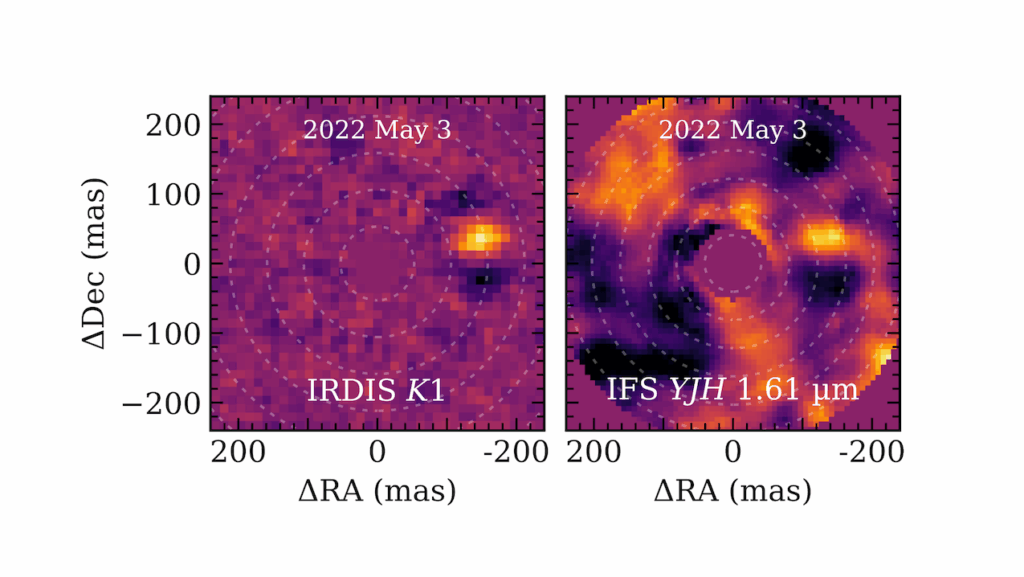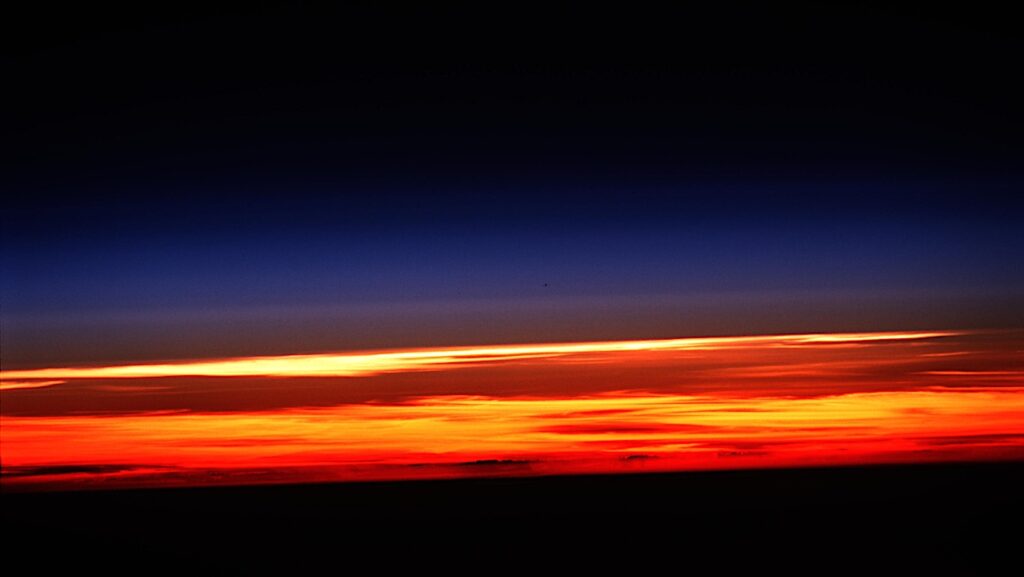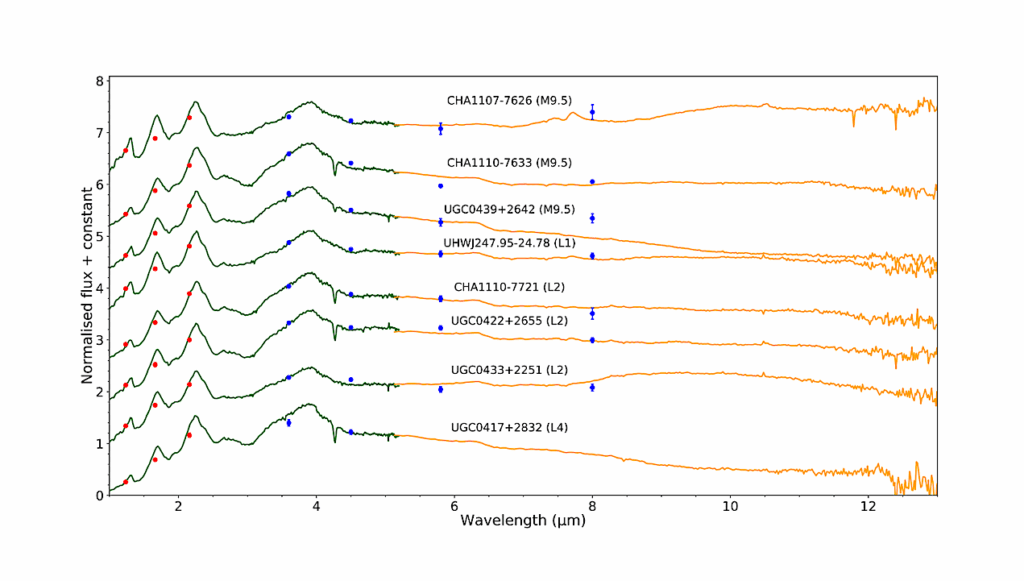Close-in, low-mass planet candidates and evidence of planet accretion in the solar twin HIP 68468

[Methods]. We obtained high-precision radial velocities with HARPS on the ESO 3.6 m telescope and determined precise stellar elemental abundances (~0.01 dex) using MIKE spectra on the Magellan 6.5m telescope.
[Results]. Our data indicate the presence of a planet with a minimum mass of 26 Earth masses around the solar twin HIP 68468. The planet is a super-Neptune, but unlike the distant Neptune in our solar system (30 AU), HIP 68468c is close-in, with a semi-major axis of 0.66 AU, similar to that of Venus. The data also suggest the presence of a super-Earth with a minimum mass of 2.9 Earth masses at 0.03 AU; if the planet is confirmed, it will be the fifth least massive radial velocity planet discovery to date and the first super-Earth around a solar twin. Both isochrones (5.9 Gyr) and the abundance ratio [Y/Mg] (6.4 Gyr) indicate an age of about 6 billion years. The star is enhanced in refractory elements when compared to the Sun, and the refractory enrichment is even stronger after corrections for Galactic chemical evolution.
We determined a NLTE Li abundance of 1.52 dex, which is four times higher than what would be expected for the age of HIP 68468. The older age is also supported by the low log(R’HK) (-5.05) and low jitter. Engulfment of a rocky planet of 6 Earth masses can explain the enhancement in both lithium and the refractory elements. [Conclusions]. The super-Neptune planet candidate is too massive for in situ formation, and therefore its current location is most likely the result of planet migration that could also have driven other planets towards its host star, enhancing thus the abundance of lithium and refractory elements in HIP 68468. The intriguing evidence of planet accretion warrants further observations to verify the existence of the planets that are indicated by our data and to better constrain the nature of the planetary system around this unique star.
The Solar Twin Planet Search. V. Close-in, low-mass planet candidates and evidence of planet accretion in the solar twin HIP 68468
Jorge Melendez, Megan Bedell, Jacob L. Bean, Ivan Ramirez, Martin Asplund, Stefan Dreizler, Hong-Liang Yan, Jian-Rong Shi, Karin Lind, Sylvio Ferraz-Mello, Jhon Yana Galarza, Leonardo dos Santos, Lorenzo Spina, Marcelo Tucci Maia, Alan Alves-Brito, TalaWanda Monroe, Luca Casagrande
(Submitted on 28 Oct 2016)
Comments: A&A, in press
Subjects: Earth and Planetary Astrophysics (astro-ph.EP); Solar and Stellar Astrophysics (astro-ph.SR)
Cite as: arXiv:1610.09067 [astro-ph.EP] (or arXiv:1610.09067v1 [astro-ph.EP] for this version)
Submission history
From: Jorge Melendez
[v1] Fri, 28 Oct 2016 03:25:06 GMT (3475kb,D)
https://arxiv.org/abs/1610.09067








